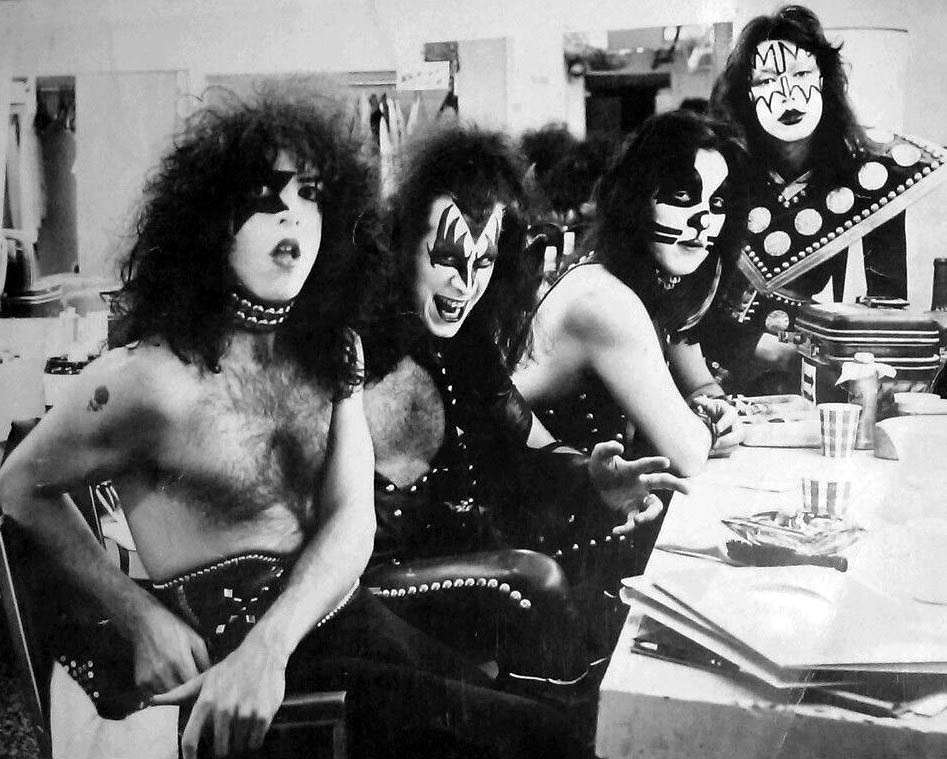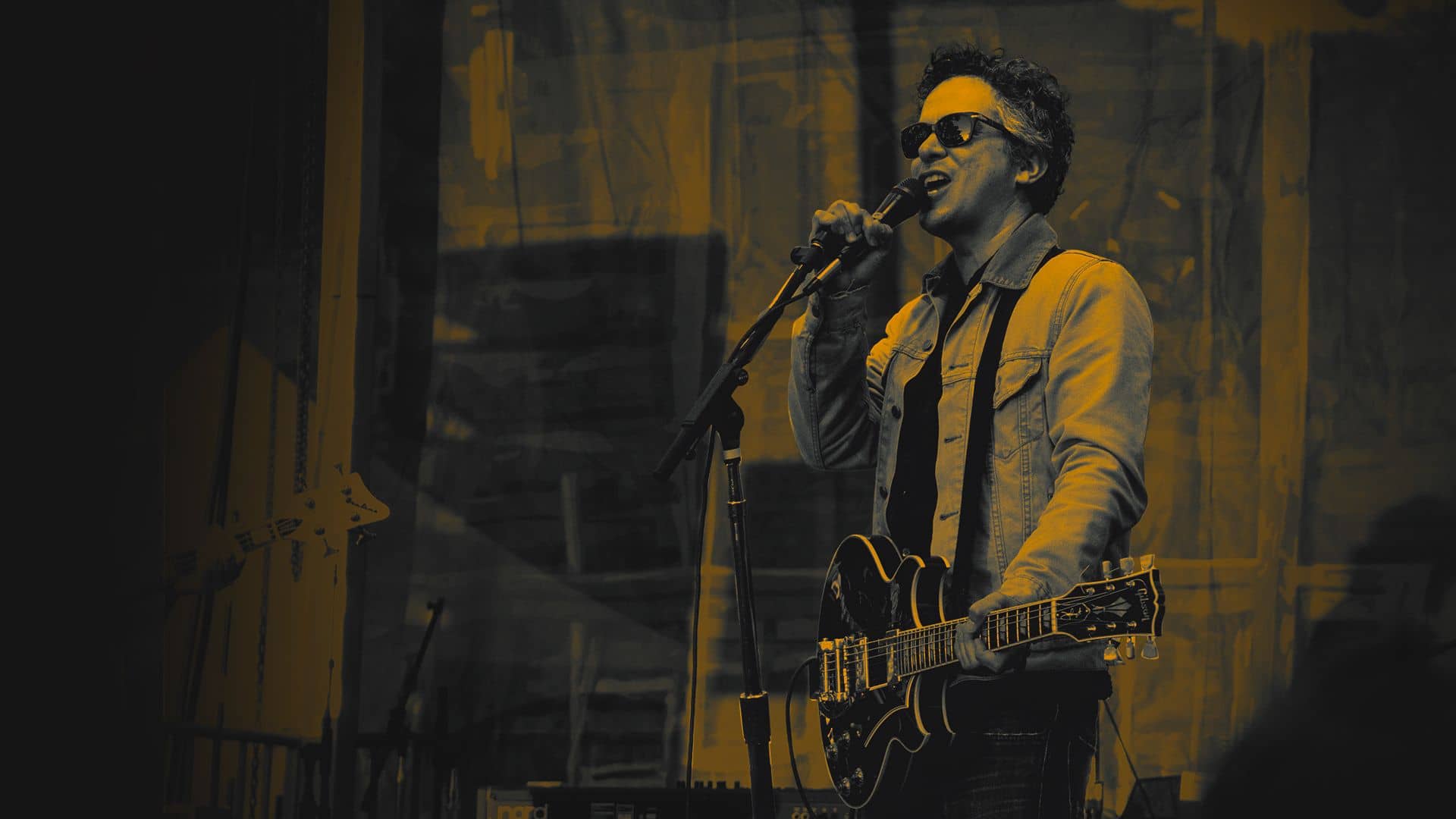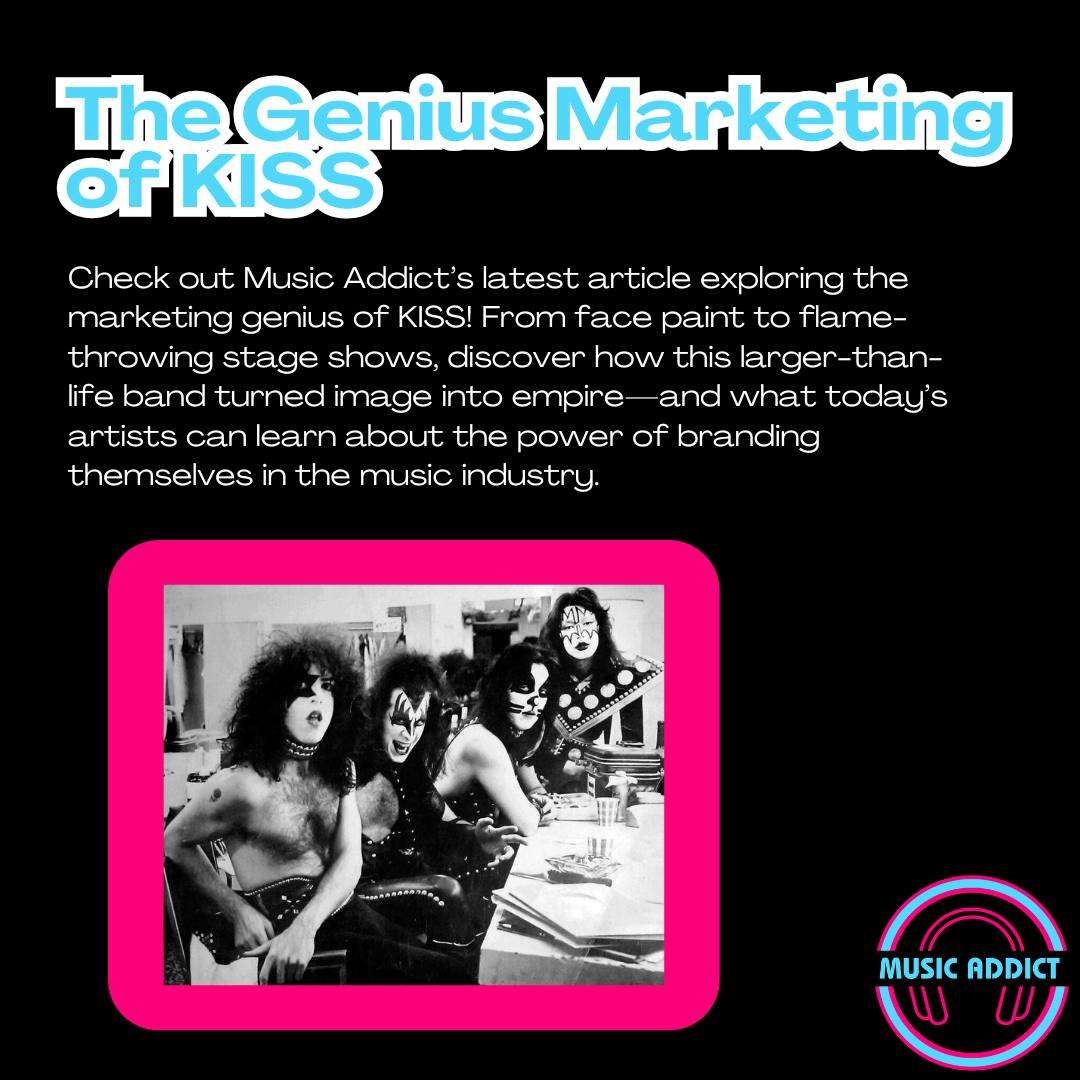When KISS burst onto the music scene in the 1970s, their larger-than-life personas, explosive stage shows, and signature makeup instantly set them apart. But it wasn’t just the music or the theatrics that transformed KISS into a household name. It was their unprecedented embrace of merchandising.
Long before it was common for artists to brand every imaginable product, KISS recognized the financial and cultural power of turning their band into a lifestyle brand. Their decision to license their image across an enormous range of consumer goods, from lunchboxes and comic books to caskets, did more than generate income; it created an enduring cultural phenomenon. In many ways, KISS didn’t just sell music. They sold identity, belonging, and spectacle.
KISS and the Birth of Merchandising
In the 1970s, selling T-shirts and tour posters was considered a secondary revenue stream for most artists. But for KISS, it became central to their brand strategy. Gene Simmons and Paul Stanley recognized that fans didn’t just want to hear their music—they wanted to live it. That insight led to a radical expansion of what “band merchandise” could mean. Suddenly, fans could buy KISS lunchboxes, Halloween costumes, pinball machines, action figures, and even trading cards.
This move was not just about novelty; it was about accessibility. Not everyone could attend a concert or buy every record, but a KISS T-shirt or toy allowed fans to feel included in the band’s universe. The effect was twofold: it generated massive profit while simultaneously creating one of the most loyal fan bases in rock history.
KISS Merchandising as Identity and Community
What KISS understood early on is that merchandise isn’t just about money. It was about identity. For fans, wearing a KISS shirt or owning a piece of branded memorabilia was more than consumption; it was self-expression. It said, “I’m part of this world. I belong to something bigger.”
This sense of community and belonging is crucial for artists because it transforms casual listeners into lifelong fans. By creating a universe of products, KISS built an immersive fan culture where their audience could continuously engage with the band, even outside of concerts and albums. In today’s marketing terms, they were ahead of their time in building a brand ecosystem.
The Business Legacy of KISS Merchandising
The numbers themselves tell the story. It’s estimated that KISS has licensed their brand to over 3,000 products, generating more than $1 billion in retail sales over the decades. Their merchandise spans everything from household items to luxury goods, and yes, even a KISS-branded coffin. One was donated to Pantera’s Dimebag Darrell after his untimely death.
This empire of licensing proved that music artists could earn more from their image and brand than from record sales alone. Especially during times when the music industry struggled with declining album sales due to piracy or streaming, merchandising provided a resilient revenue stream. KISS’s success effectively set a blueprint that countless other artists—from pop stars to rappers—would later follow.
The Importance of Merchandising for Artists Today
The example of KISS illustrates a broader truth: in the modern entertainment industry, merchandising is not optional—it’s essential. Music consumption has shifted dramatically in the digital age, where streaming pays fractions of a cent per play. This has pushed artists to diversify income streams, and merchandising is one of the most powerful ways to do so.
Merch not only generates revenue but also deepens the emotional connection between artist and fan. A fan who buys a tour hoodie or vinyl edition isn’t just making a purchase—they’re investing in the artist’s identity. This strengthens loyalty and creates ambassadors who spread the culture organically. KISS understood this decades ago, which is why they remain a model for how artists can sustain their careers beyond the peaks and valleys of album sales.
Today, major acts like Taylor Swift, BTS, and Travis Scott have built merchandising into the core of their business strategies, echoing the KISS blueprint. Whether it’s limited-edition drops, branded experiences, or cross-industry collaborations, merchandising allows artists to exist not just as musicians, but as cultural brands.
Conclusion: KISS as a Blueprint for the Future of Music
KISS’s merchandising empire demonstrates that success in the music industry isn’t only about chart-topping hits—it’s about creating a brand that fans can live, wear, and embody. By expanding what it means to “be a fan,” KISS turned merchandise into one of their greatest hits, securing financial success and cultural immortality.
For today’s artists, the lesson is clear: music may start on stage or in the studio, but its reach and impact expand exponentially when tied to merchandise. In a world where streaming alone cannot sustain most musicians, merchandising becomes not just a strategy, but a lifeline. KISS may have played with fire, blood, and pyrotechnics on stage—but their greatest legacy is proving that the business of being a band goes far beyond the music.

